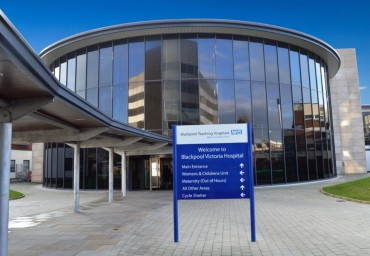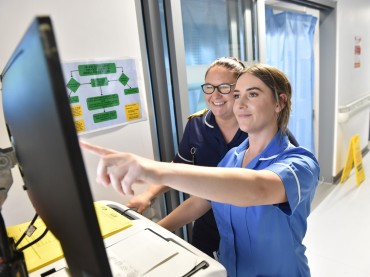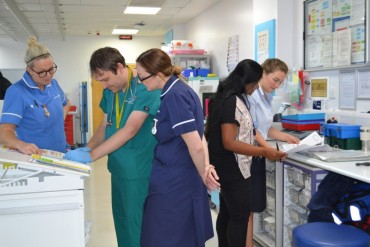What is PEG?
A PEG (or Percutaneous Endoscopic Gastrostomy as it may also be called) is a small feeding tube which is inserted directly into the stomach so that you can have feed (a liquid that contains all the essential nutrients that you need on a daily basis), fluid and medication as your swallow may be affected.
We are aware this PDF might not be accessible to all users. Read our accessibility statement to learn more.



